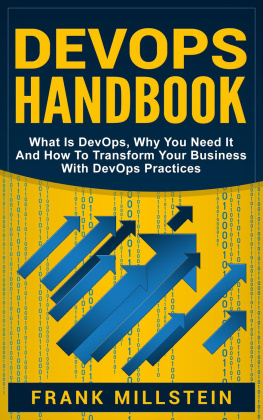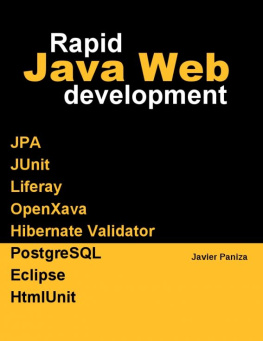Preface
Software developers are caught on the horns of a dilemma. One horn of the dilemma is that developers are working too hard to have time to learn about effective practices that can solve most development-time problems; the other horn is that they won't get the time until they do learn more about rapid development.
Other problems in our industry can wait. It's hard to justify taking time to learn more about quality when you're under intense schedule pressure to "just ship it." It's hard to learn more about usability when you've worked 20 days in a row and haven't had time to see a movie, go shopping, work out, read the paper, mow your lawn, or play with your kids. Until we as an industry learn to control our schedules and free up time for developers and managers to learn more about their professions, we will never have enough time to put the rest of our house in order.
The development-time problem is pervasive. Several surveys have found that about two-thirds of all projects substantially overrun their estimates (Lederer and Prasad 1992, Gibbs 1994, Standish Group 1994). The average large project misses its planned delivery date by 25 to 50 percent, and the size of the average schedule slip increases with the size of the project (Jones 1994). Year after year, development-speed issues have appeared at the tops of lists of the most critical issues facing the software-development community (Symons 1991).
Although the slow-development problem is pervasive, some organizations are developing rapidly. Researchers have found 10-to-1 differences in productivity between companies within the same industries, and some researchers have found even greater variations (Jones 1994).
The purpose of this book is to provide the groups that are currently on the "1" side of that 10-to-1 ratio with the information they need to move toward the "10" side of the ratio. This book will help you bring your projects under control. It will help you deliver more functionality to your users in less time. You don't have to read the whole book to learn something useful; no matter what state your project is in, you will find practices that will enable you to improve its condition.
Who Should Read This Book?
Slow development affects everyone involved with software development, including developers, managers, clients, and end-userseven their families and friends. Each of these groups has a stake in solving the slow-development problem, and there is something in this book for each of them.
This book is intended to help developers and managers know what's possible, to help managers and clients know what's realistic, and to serve as an avenue of communication between developers, managers, and clients so that they can tailor the best possible approach to meet their schedule, cost, quality, and other goals.
Technical Leads
This book is written primarily with technical leads or team leads in mind. If that's your role, you usually bear primary responsibility for increasing the speed of software development, and this book explains how to do that. It also describes the development-speed limits so that you'll have a firm foundation for distinguishing between realistic improvement programs and wishful-thinking fantasies.
Some of the practices this book describes are wholly technical. As a technical lead, you should have no problem implementing those. Other practices are more management oriented, and you might wonder why they are included here. In writing the book, I have made the simplifying assumption that you are Technical Super Leadfaster than a speeding hacker; more powerful than a loco-manager; able to leap both technical problems and management problems in a single bound. That is somewhat unrealistic, I know, but it saves both of us from the distraction of my constantly saying, "If you're a manager, do this, and if you're a developer, do that." Moreover, assuming that technical leads are responsible for both technical and management practices is not as far-fetched as it might sound. Technical leads are often called upon to make recommendations to upper management about technically oriented management issues, and this book will help prepare you to do that.
Individual Programmers
Many software projects are run by individual programmers or self-managed teams, and that puts individual technical participants into de facto technical-lead roles. If you're in that role, this book will help you improve your development speed for the same reasons that it will help bona fide technical leads.
Managers
Managers sometimes think that achieving rapid software development is primarily a technical job. If you're a manager, however, you can usually do as much to improve development speed as your developers can. This book describes many management-level rapid-development practices. Of course, you can also read the technically oriented practices to understand what your developers can do at their level.
Key Benefits of This Book
I conceived of this book as a Common Sense for software developers. Like Thomas Paine's original Common Sense, which laid out in pragmatic terms why America should secede from Mother England, this book lays out in pragmatic terms why many of our most common views about rapid development are fundamentally broken. These are the times that try developers' souls, and, for that reason, this book advocates its own small revolution in software-development practices.








